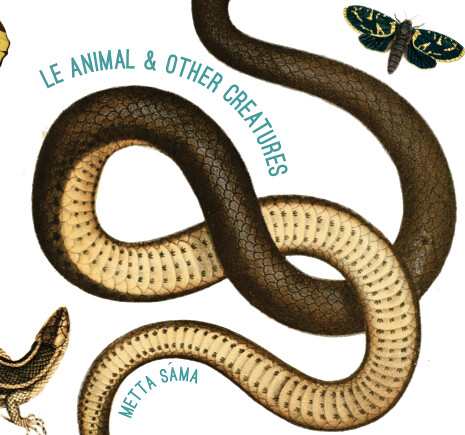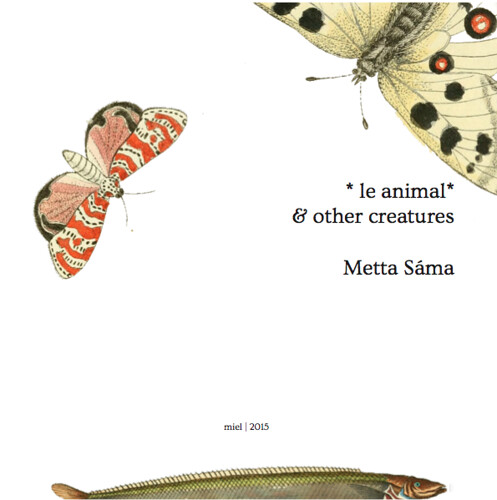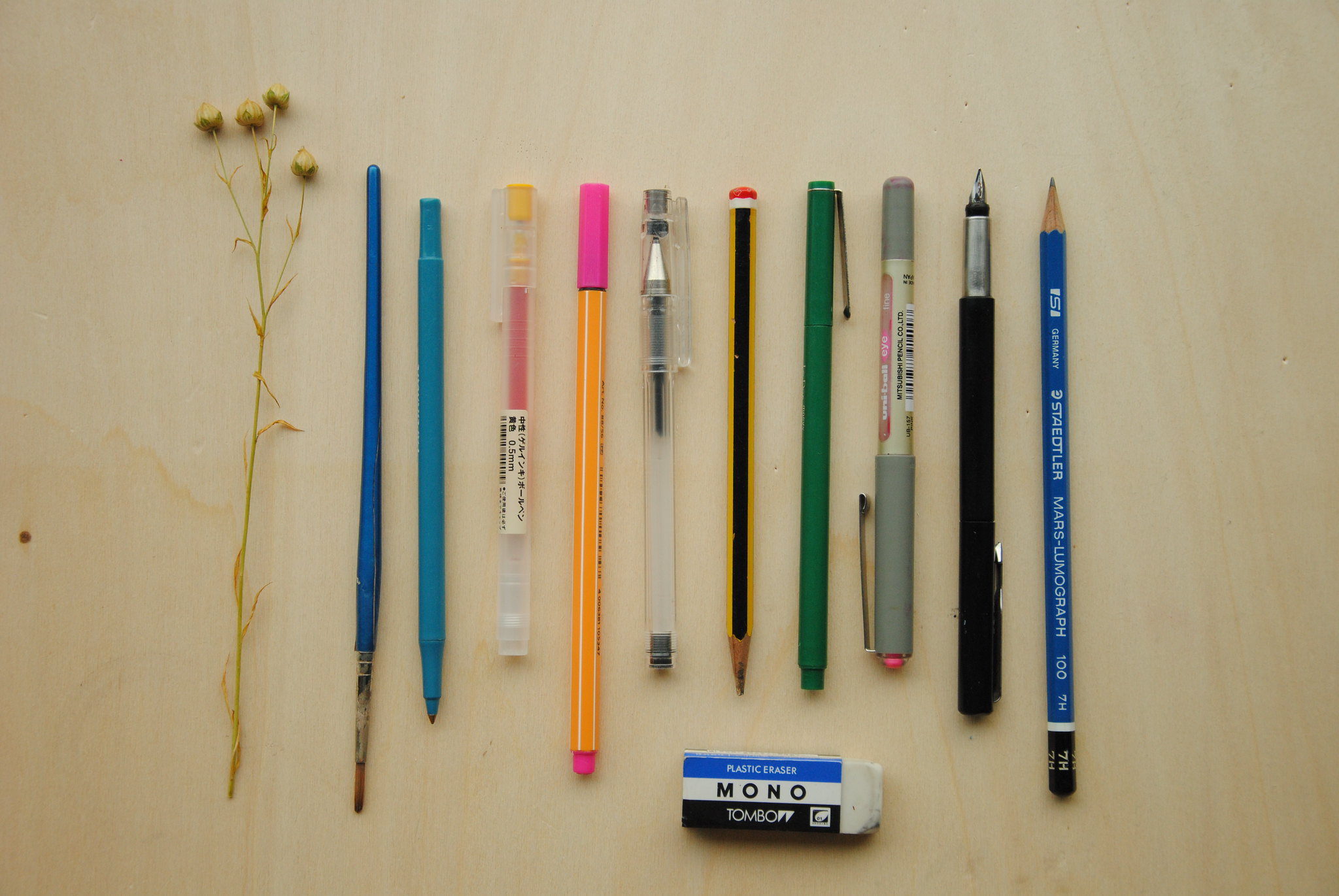A “woman must have money and a room of her own if she is to write”. Woolf finishes that statement with ‘fiction’, but I think it is true for all kinds of writing. And also I think ‘woman’ does not have to be ‘woman’. I think many of us need spaces of our own in order and in which to write. Sometime these are called ‘safe spaces’, an appellation met with derision (as if it is somehow an outlier to want to be safe, where ‘safe’ means ‘able to critique dominant structures without fear for one’s job/work/life/dignity/…). But really these spaces, which have always been accessible to those with power (historically speaking from a Western point of view, to wealthy, white, Christian men), are just places we know we can go into for the extended, vulnerable undertaking which is making new worlds and unmaking or remaking the ones we have.
Not long ago, the editor of a well-respected magazine made it clear that he is unwilling to examine his aesthetics and vision for unconscious bias, and, therefore, that making openings in his magazine for writers whose work might fall outside that aesthetics is not a priority. Where am I going with this. As a white person, I was not taught to think about race in literature, except when reading a black writer, an Asian writer…because ‘white’ was unspoken. White meant ‘normal’ and just literature. White was background. Ordinary. The norm from which difference was established. Which meant also that people who wrote like that (meaning: descended from a long tradition of writing mostly by white men from Europe; later also by white men, and some women, from Europe and the US) just wrote, and everything else was inflected, tinged by the invisible but sensate presence of blackness, brownness, other-bodiedness, other-genderedness (the prefix ‘other’ already separating from a presupposed norm), class (meaning the fact of labor or the question of means, i.e. the vulgarity of talking money)…. As though identity, or the politics thereof, were a kind of contaminant. As if the invisibility of whiteness were not a politics of its own. As if a literature that invisibly aligns itself with whiteness (by saying ‘canon’ or appealing to certain habitual ways of making text) were not a politics. As if neither required examination. As if preferences were natural and not conditioned. As if I could ever just read a text by a writer not operating in that white sphere, without the history and practices I had been taught, surrounding literature, acting as lenses (lenses that generally say, this is no good, which means this doesn’t look like what I’m used to, without the hmm, why am I used to what I’m used to moment).
In response to this, someone in a conversation floated the idea of editors of journals who are committed to supporting the work of writers of color (and other minority writers) might have a sort of badge on their site. Some discussion followed, pointing out the difficult logistics of this (would it be quantified? Who would adjudicate? How would decisions be enforced?) as well as the way in which a ‘badge’ might operate essentially as a congratulations or reward for (white) editors who are doing what they should do anyway, i.e. reading openly and widely, soliciting from writers of color, examining their own learned and invisible biases (and the relation of these to power/white supremacy/kyriarchy…).
Let me interrupt myself to say I know a blog post is a short forum for a long idea. This is more complex than I can do justice here. And pausing for a moment on this idea should not erase the fact that this momentary thought is a small one in a long chain of moments which are experienced and narrated in complex and multiple ways by the people who live in and through them, and that I am late to this conversation. I mean that I am by no means positioning myself as a be-all, end-all. And this text-moment is not thorough or complete. And my own education is ongoing and humbling, and much of it has been provided to me by the writers of color, many of them women, who tweet, write blog posts, and otherwise make their thinking publicly available.
But: I would not have a badge like that on 111O. I do not want to be noticed for publishing women, writers of color, or any other ‘underrepresented voices’, even though that is absolutely what I feel my remit is. I do not want to call attention to that. That seems self-aggrandizing and goes against my gut sense of what my job is. It is my responsibility as an editor to seek out those voices and to listen to them and also to make space for them. That is basic. That is not something to ask for acknowledgment for. That is supposed to be the fundamental work I do as an editor: look for writing that revises the world, help it be itself fully, make space for it.
If I am serious about the work of dismantling white supremacy, that means—for me—prioritizing a change in the way I read and how I think about what literature is, how meaning works, and how the invisible paradigms I’ve been taught to take as given constrain my ability to see, feel, and listen. I don’t want a badge to tell anyone how I’m doing. I don’t want an official seal that somehow says “accomplishment unlocked!”. Paying attention to privilege is ongoing work for me. It doesn’t have an end moment. Learning to read again is perpetual and necessary; I have thirty-plus years of having been taught/having learned to read in an erasing way. If writers of color, queer writers, trans/nonbinary writers, women writers are going to feel comfortable with my publishing them, I think it will only happen if/when they can see that I have an ongoing, extensive commitment to hearing them and to supporting work regardless of whether I have learned to read it yet.
I deeply desire for MIEL and 111O to be homes—rooms—for writers who need that space, writers who haven’t necessarily had that space, and writers who don’t feel welcome in other spaces by virtue of the way who they are intersects with how they write. I want to make a space that reads new writing with rigor, attention, and love. That’s what I feel called to do. I don’t want to talk a lot about it because I also feel that my job is to be modest, humble, and invisible wherever I can. But I wanted to state my beliefs here, too, so that if anyone is searching they can see where MIEL stands.
 Reading
Reading  Sáma is acutely aware of the irony that “many of us whose ancestors helped build the institutions that kept us out are now financially supporting those same institutions.” But she wants “to transform these realities into art & into questions that are not heavy-handed … or rhetoric.” Despite the poet’s resentment of those who have access to ‘a safe world I can only imagine’, and despite the sound of necks and bones breaking that bubbles as a soundscape under her work, Sáma seems fundamentally optimistic. Rather than the “expectation of cardinals/fiery in the wintered sky”, she says, “Give me the rabid face/of the pigeon… always pointing toward the next hustle.”
Sáma is acutely aware of the irony that “many of us whose ancestors helped build the institutions that kept us out are now financially supporting those same institutions.” But she wants “to transform these realities into art & into questions that are not heavy-handed … or rhetoric.” Despite the poet’s resentment of those who have access to ‘a safe world I can only imagine’, and despite the sound of necks and bones breaking that bubbles as a soundscape under her work, Sáma seems fundamentally optimistic. Rather than the “expectation of cardinals/fiery in the wintered sky”, she says, “Give me the rabid face/of the pigeon… always pointing toward the next hustle.”